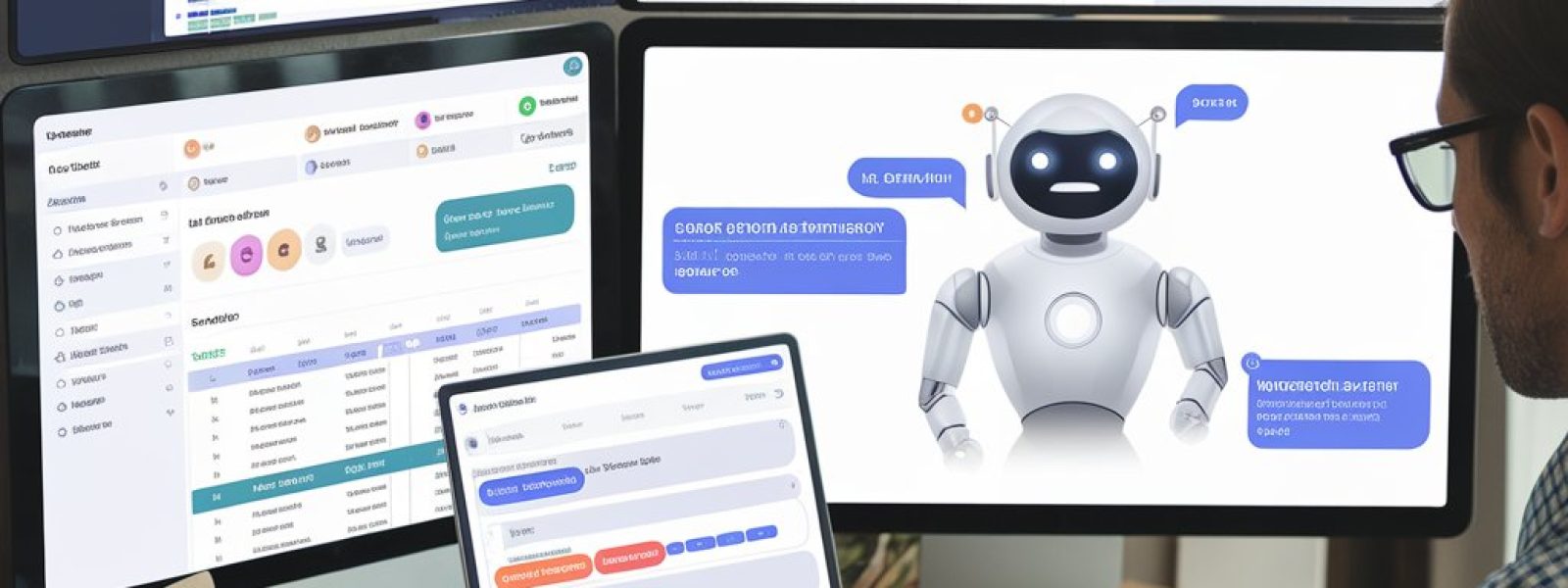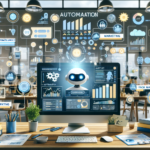The evolution of artificial intelligence has introduced us to a new level of sophistication: the multi-agent approach. In this paradigm, AI agents are not just tools; they are specialized entities, each acting as a Subject Matter Expert (SME) within a broader workflow. This approach allows for complex tasks to be broken down into segments, with each agent handling a specific component. For instance, when tasked with writing an article on business credit scores, one agent might analyze current financial data, another could gather trending discussions from social media, and a final agent would compile and write the article, ensuring it aligns with the company’s tone and style. This system of checks and balances among specialized agents ensures accuracy, relevance, and consistency, leading to superior outcomes.
The Concept of AI Agents as SMEs
1. Specialization in a Multi-Agent System
In a multi-agent AI system, each agent is designed to excel in a specific area, much like how human experts specialize in different fields. For example, an AI agent focused on financial analysis might be tasked with gathering and interpreting data on credit scores, while another agent specializes in market trends, scouring platforms like Reddit or X to understand what topics are currently capturing public interest. These agents operate independently within their domains but collaborate seamlessly within the larger task framework.
2. Collaboration and Checks and Balances
The real power of a multi-agent approach lies in how these specialized agents interact. Each agent contributes its findings to the overall task, but with built-in checks and balances. For instance, the agent responsible for writing the final article doesn’t just compile information—it cross-references data from other agents to ensure consistency and accuracy. This collaborative process mimics how human teams work together, pooling expertise to achieve a common goal while maintaining high standards of quality.
Real-World Applications of Multi-Agent AI
1. Content Creation
Consider a scenario where a company needs an article on business credit scores. A multi-agent system might involve the following steps:
Agent 1: Analyzes recent financial data, including trends in credit scores and current Federal Reserve rates.
Agent 2: Monitors social media platforms like Reddit and X to identify popular discussions and concerns related to business credit.
Agent 3: Compiles the insights from the other agents and crafts the article, ensuring it aligns with the brand’s voice and tone.
This multi-agent collaboration ensures that the final product is not only accurate and comprehensive but also timely and relevant.
2. Customer Service and Support
In customer service, a multi-agent system could be used to handle complex inquiries. For example:
Agent 1: Gathers data from the customer’s history to understand past interactions.
Agent 2: Analyzes the sentiment and urgency of the current inquiry.
Agent 3: Provides a tailored response, drawing on the information provided by the other agents to ensure a satisfactory resolution.
This approach ensures that customer support is both personalized and efficient, enhancing the overall customer experience.
The Future of Multi-Agent AI
As AI continues to advance, the use of specialized agents will become more widespread. Future developments might include even more sophisticated collaboration between agents, with AI systems capable of learning from each other in real-time, further enhancing their ability to deliver high-quality outcomes. The potential applications are vast, from automating complex business processes to revolutionizing how we approach problem-solving in various industries.
Conclusion
The multi-agent approach to AI represents a significant leap forward in how we leverage artificial intelligence. By treating each AI agent as a specialized SME within a broader system, businesses can tackle complex tasks with greater precision, efficiency, and consistency. This collaborative model, with its built-in checks and balances, ensures that every aspect of a task is handled by the best-suited agent, leading to superior results. As this technology continues to evolve, we can expect even greater advancements in how AI systems interact and collaborate, driving innovation across multiple sectors.

